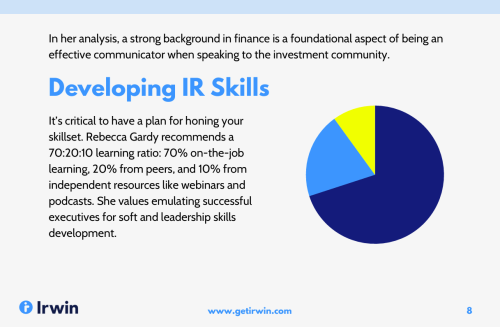Investors and fund managers’ interest in ESG investing, net-zero emissions and decarbonization is driving growth in the Asia-Pacific mutual fund industry, despite pandemic uncertainties.
In Hong Kong, global managers have launched sustainability-themed products for accredited investors in past years. Regulators and associations are introducing standardized disclosures, especially in climate change and carbon transition.
 China’s asset management industry is expected to continue growing in the long term, bolstered by the nation’s economic transition to high-end and green manufacturing, an increasingly diversified product and distribution landscape, and further foreign capital relaxation on business ownership.
China’s asset management industry is expected to continue growing in the long term, bolstered by the nation’s economic transition to high-end and green manufacturing, an increasingly diversified product and distribution landscape, and further foreign capital relaxation on business ownership.
In Singapore, the central bank is stepping up efforts to channel capital to environmentally friendly projects, while enhancing fund domiciliation opportunities. In India, product innovation is expected to continue in global investments and sustainable themes, offering global managers product partnership opportunities with local fund houses.
Integrating ESG principles
Managers in Malaysia have been integrating both ESG and Shariah principles into single funds; the number of qualified sustainable and responsible investment funds has tripled since 2020. Superannuation funds in Australia are pushing for stronger ESG practices among their investees, driven by members’ demands and supported by a wider industry push.
A total of 25 ESG ETFs were launched in Asia-Pacific in 2020, with 31 more listed in the first half of 2021, according to research by Cerulli Associates.

In 2016, ESG ETFs listed in the region saw inflows of $159.8 mn, which has rocketed to more than $2 bn each year in 2020 and 2019. Net inflows in the first half of 2021 alone exceeded $1.7 bn, the Boston-headquartered firm says.
‘Investors are likely to stay conservative in 2022 amid prevailing market uncertainties,’ says Ken Yap, managing director for Asia at Cerulli Associates. ‘But the development of emerging themes – including ESG and passive investing – and continued regulatory support across various markets indicate a positive outlook for Asia’s mutual fund industry.’










